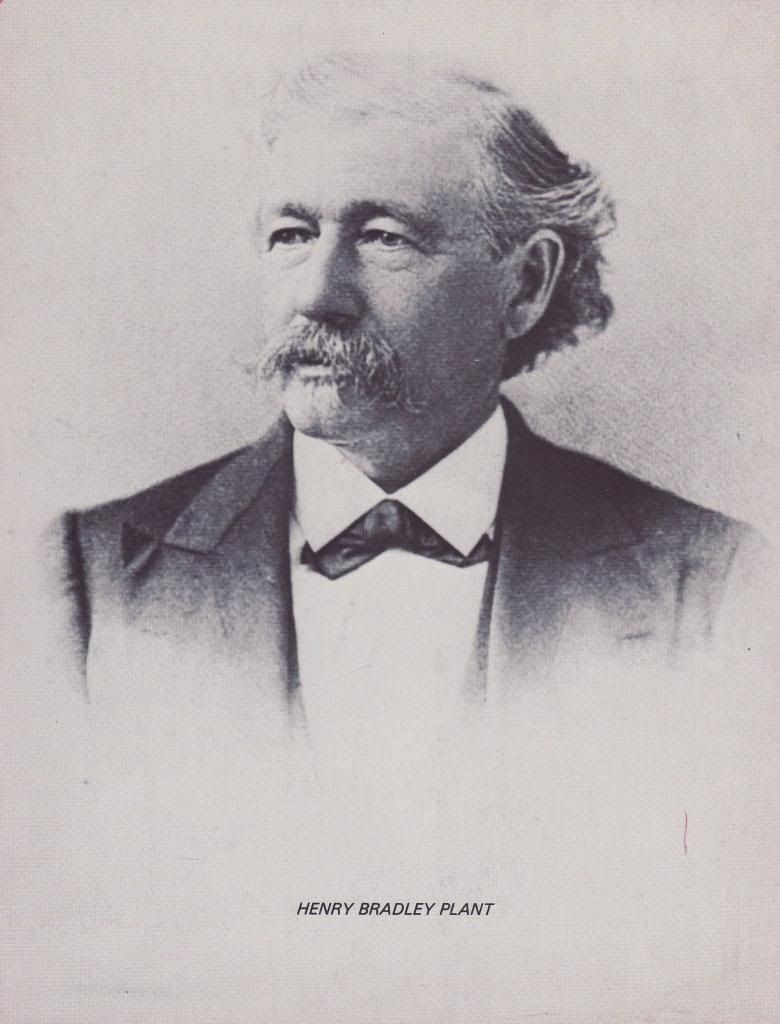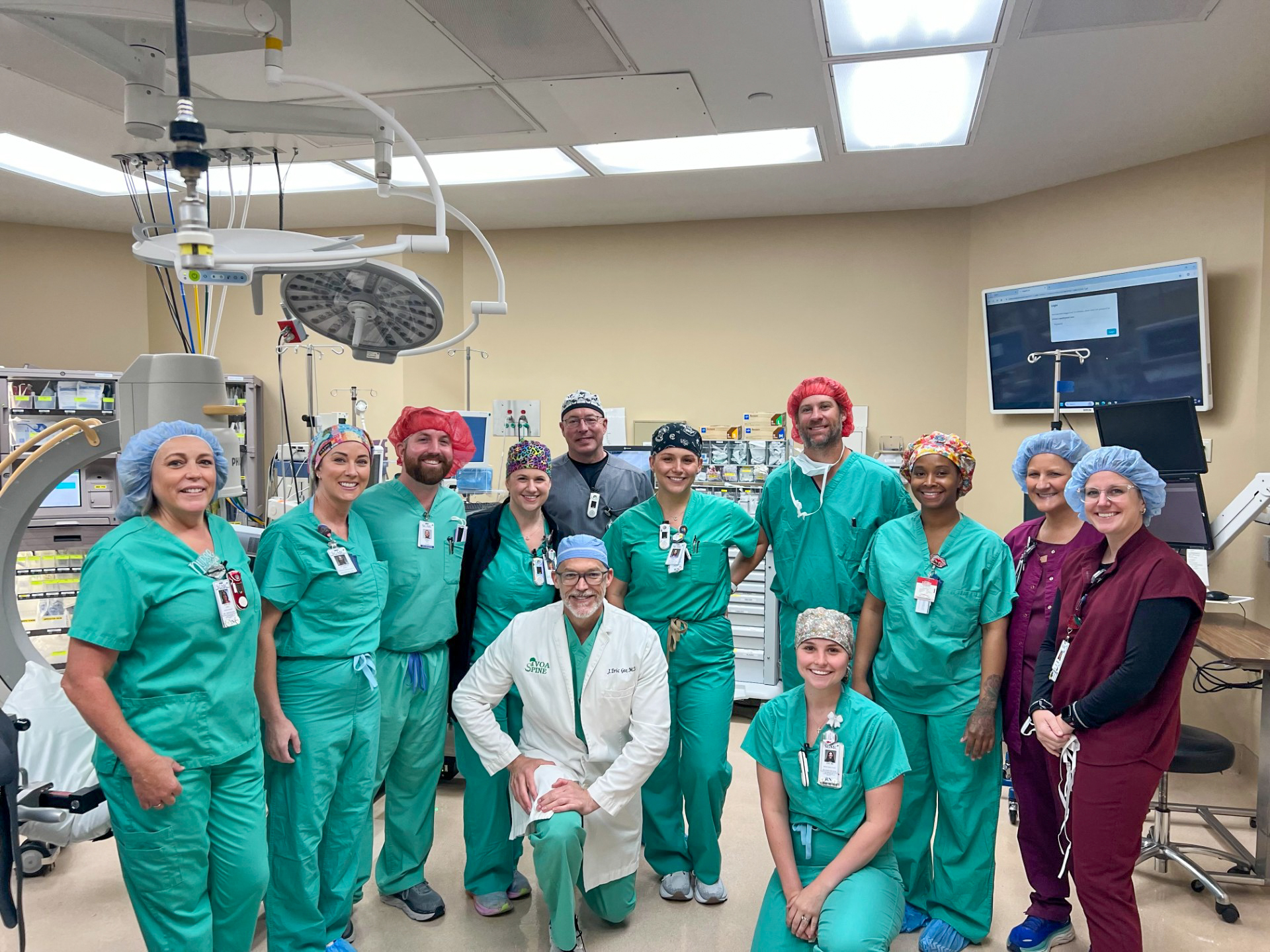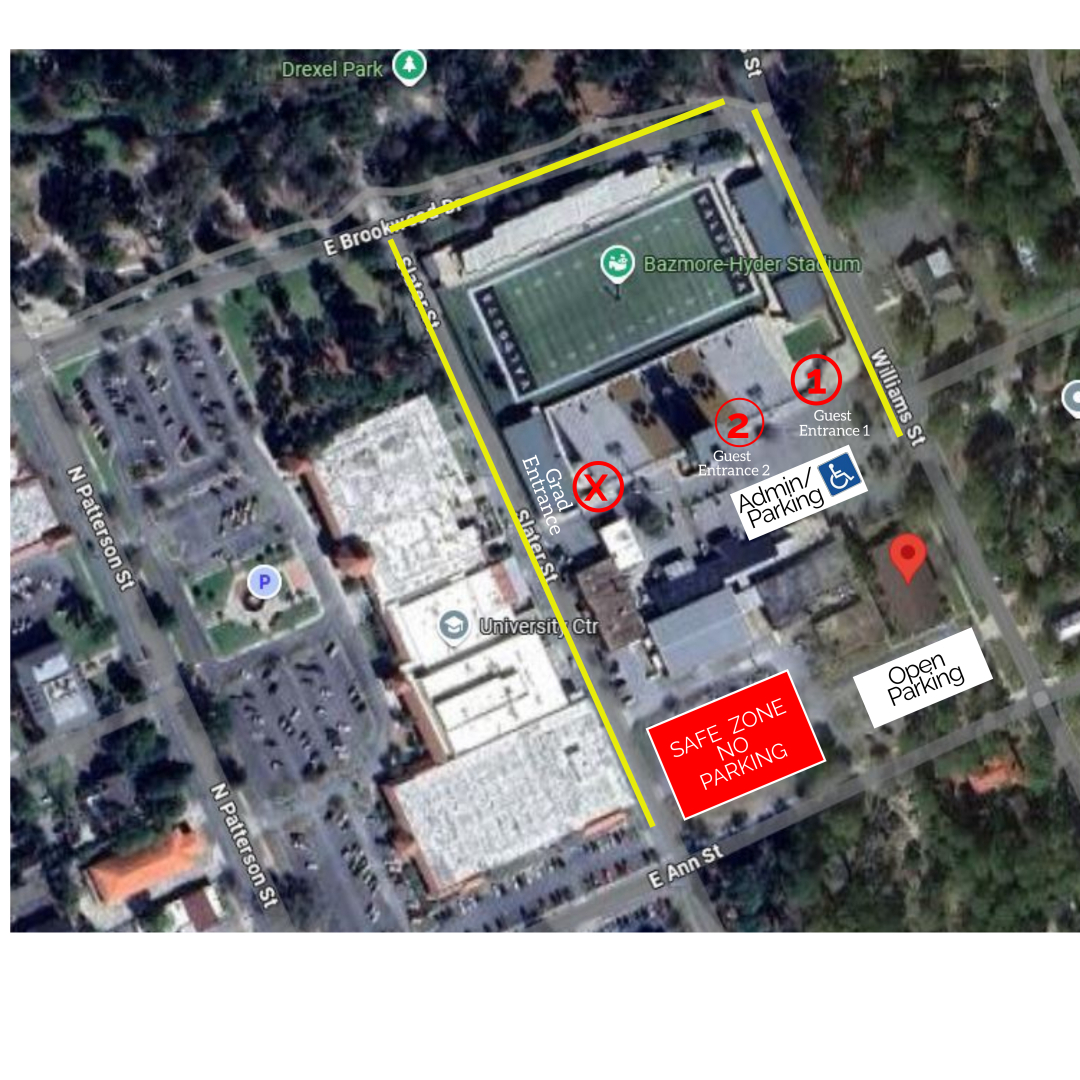A look at local railroad history, part 2
Published 8:00 am Friday, February 12, 2016

- Henry Plant
Last week, we began a series on Suwannee County’s railroad history. We continue that discussion today.
A discussion of Suwannee County railroads, or Florida railroads in general, would not be complete without talking about Henry Plant. Born in Branford, Connecticut in 1819, his father died when he was six. Within a few years, he soon had a job as a steamer’s cabin boy, but would later learn the package express business. By the 1850s, he was running the New York Office of the Adams Express Company. His wife’s ill health forced them to move to Jacksonville for the winter, leading Plant to become superintendent of the southern part of the Adams Express Company with headquarters in Augusta, Georgia. He developed transportation contacts and knowledge of railroad and steamboat services that would serve him well the rest of his life.
When the Civil War broke out, the Adams Company sold their southern assets to Plant, fearing that they would be confiscated by the Confederate government. Plant organized the assets under the Southern Express Company, and despite his desire that war be avoided, went to Jefferson Davis proposing that his company handle the Confederacy’s payrolls and currency shipments in return for freely transporting packages to Confederate soldiers. Davis liked Plant’s candor and agreed to the request. Plant’s business sense made him rich during the war.
At the end of the war, a widowed Plant (his wife had died in 1863) knew that the South would rebuild, and the key to it would be transportation. He began buying up bankrupt railroad companies. The Savannah, Florida, and Western Railway was the name of Henry Plant’s reorganization of the bankrupt Charleston and Savannah Railroad after he purchased it in 1879. The SF&W expanded its holdings through the leasing or outright purchasing of other railroads all throughout the southeast. We’ll discuss more about this railroad next week.
While Henry Plant was expanding his railroad empire, other men were investing in Suwannee County. In 1881, the Live Oak and Rowlands Bluff Railroad was chartered. Its purpose was to continue the short Florida Branch from Live Oak to Lawton further into Suwannee County, reaching the Suwannee River at the community of Rowland’s Bluff. That community would soon be renamed New Branford, after Henry Plant’s birthplace of Branford, Connecticut. The “New” would later be dropped and it would carry on as Branford, Florida. The Live Oak and Rowlands Bluff Railroad was built with convict labor and is discussed at some length by Captain J. C. Powell in his book, America Siberia. The railroad would be consolidated with other Plant holdings in 1884.
Another railroad established during this time was the Suwannee River Railway Company. Louis Bucki, a timber partner of Governor George F. Drew, built the railway from Ellaville to Hudson-on-the-Suwannee (also known as “Hudson-upon-the-Suwannee” or simply “Hudson”), where it would connect with a steamboat to travel down the Suwannee River. The branch was completed by 1888, gradually making its way to Luraville, but was not incorporated at the time.
The Suwannee River Railway was purchased by Edward J. Carter of New York City, along with Bucki’s timber land in Suwannee County, and incorporated on Feb. 15, 1895. Carter planned to improve the railway by putting in new rails, stock, and equipment, as well as extend the line north to Jasper and south to Bronson and beyond to access more of the phosphate mines that were being discovered during this time. As such, the capital for the project was listed as $1 million. When incorporated, Carter was president, William R. Buseubark was vice-president, Frederick L. Watson was secretary, and Charles A. Baldwin was treasurer. Directors were Carter, Buseubark, Watson, Baldwin, William H. Shepard, and James Veil.
The Suwannee River Railway took out a full page listing in an 1895 issue of the Official Guide of the Railways to show its projected routes. The railroad hauled timber to the big sawmill at Ellaville and limerock from quarries around Luraville and Fredericksburg (a community in Suwannee County that no longer exists). The line was being rebuilt and planned to reopen that year on the lines shown. At its height, the line operated only from Ellaville, on the Suwannee River, to Fredericksburg, and from Flagler (another abandoned community) to Hudson-on-the-Suwannee, which later became Dowling Park. As with most railroads, actual mileage was far less than their projected mileage. Mr. Carter’s plans never came to fruition, and the struggling line faded out of existence in the next few years. However, it continued to show up on maps for another 10 years or so.
Join me next week as we discuss more of Suwannee County’s railroad history.
Eric Musgrove can be reached at ericm@suwgov.org or 386.362.0564.





